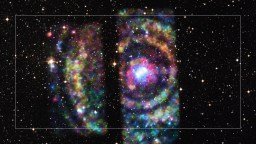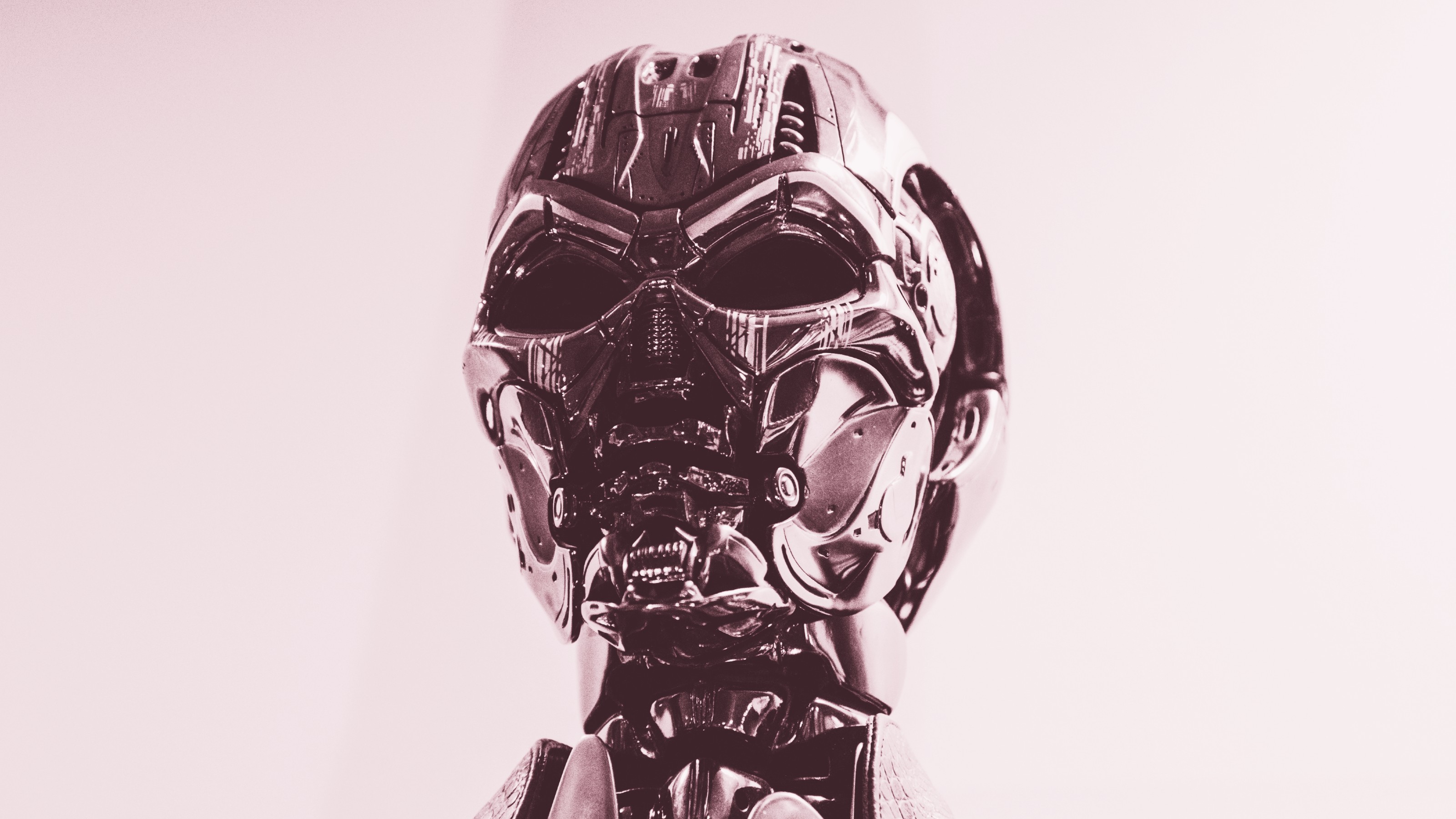One might be surprised to discover scientists talking about demons. But these are not the demons you might imagine from religion or popular culture.
Instead, “demons” are anthropomorphized thought experiments that challenge some idea or theory. Descartes’ demon, for example, describes the challenge of discerning whether our perceptual experiences are real or entirely fictitious.
Perhaps the most famous is Maxwell’s demon, which poses an intellectual challenge to the laws of thermodynamics.
JIMENA CANALES: If one opens any dictionary and you go to the entry of demon, one of the entries refers to the scientific demons. Descartes' demons, Laplace's demon, Maxwell's demon, they're not considered to be real when they're first mentioned, they're considered to be possibly real. They're trying to find a hole in their theories. They immediately anthropomorphize this force. So what they are, in the most literal sense, are little creatures that are concocted by scientists. When they're confronted with something that they don't really understand, these creatures that we have always thought of as little entities that can bend or break the laws of nature continue to be very useful and very common ways to thinking in advancing our knowledge and understanding of the natural world.
I'm Jimena Canales, I'm a historian of science.
I love science; I admire it tremendously. That's why I started studying, but there was this other aspect of it that I felt that we had to talk about. It was scientists discussing demons. These demons share similar characteristics to those other demons in the past, like Beelzebub and Lucifer, they're usually very fast or very big or very small. They can break the laws of nature. They're not necessarily evil, but they create power imbalances. They can be helpful or they can be mischievous. And one of the strange things about it is that you read scientists in their scientific papers, actually talking about these creatures and having other scientists name them after the famous scientist.
Descartes' demon is very appropriate for us to start because he's the demon of virtual reality. He had the ability to install an alternate reality right in front of your senses. Therefore you could no longer tell if you were, you know, living in the matrix, if you couldn't tell what the real world was in front of you. This was a very scary thought for Descartes. I think it is for everyone. It's one of the themes that continue to be brought up in science fiction. It was also a fascinating thought because we were all fascinated by spectacle and by creating these situations in which we can fool ourselves to think we have reality in front of us, and it's really just an alternative reality or virtual reality.
And that's why Descartes, trying to fend himself against the possibility that some demon had taken over his impressions, he actually became one of the founders of Modern logic, and in his famous text where he uttered the phrase, "I think, therefore I am." He started to think about what were the few things that this demon couldn't touch. And he would say things like two plus three equals five, or a circle is a circumference drawn around a certain point, or a triangle is made up of three lengths in three angles. They're very simple things, but those became the basis of modern science, of Logic, and they were inspired by the fear of this demon. Maxwell was a scientist of the second Industrial Revolution of the Victorian Empire. He didn't name the demon Maxwell's demon, but he was the first to come up with the speculations about it. And he was named the demon by William Thompson in the second half of the 19th century, I believe 1874. And it was very important for physics. It still is, it's at the foundation of how we understand the first and second laws of thermodynamics.
One of the things that happens with statistical laws is that statistical laws allow exceptions. If you have a container or a soup and you throw ice on it, eventually it will reach temperature equilibrium. But if this laws is statistical, and the consensus and the science says that it is, then there's a chance that the opposite might happen. And the demon was invoked in order to make sense of the statistical nature of the laws of thermodynamics. So he's a tiny little being who is atomic size, and he can manipulate atoms. And if he's sitting in a container, he can push the fast atoms to one side and let slow ones be on the other side, because we understand heat as having to do with the movement of particles, that means that one part of a container can spontaneously heat up and another one can become cooler. And if you have a difference in temperature, then you can create a motor. And with a motor, you can create further power imbalances. Most of the electronic gadgets that are all around us use the science of Maxwell's demon, and scientists and laboratories all over the world are still trying to build better versions of Maxwell's demon, and they're still researching him.
So Darwin was speculating about a being, again, he didn't call it Darwin's, it was only named Darwin's being later. Before he wrote the origins of a species, he had this idea. He said, "What would happen if there could be a being that can produce a new race?" Just like we are able to produce sheep with particular qualities for our sweaters, but then Darwin took a leap, and he said, "What if somebody could do that to us?" This was one of the fascinating questions that drove his research. Could this actually happen? He ended up calling it natural selection. So natural selection in a sense, became the substitute or the embodiment of this early idea. Then it was called Darwin's demon later on by biologists in the 1960s.
I started more than a decade ago, tracking the references to the word demon. And it is tremendous fun, you know, seeing the history of science and the history of technology in parallel with these great imaginary ideas. It gives us a sense of how malleable and how powerful our desires and our fears are for driving society forward. As a historian, I think it is really important that we think a little bit more carefully about non-existent things, about things that are not yet here. I understand this is original and bizarre and strange to try to move our thinking about history and the past and the future based on non-existent things. But if we don't start thinking about them, the future development of our world and our technological universe is really gonna escape us. So I want us to take a step back and think about what we're thinking about.
NARRATOR: Get smarter, faster with new videos every week from the world's biggest thinkers. To learn even more from the world's biggest thinkers, get "Big Think+" for your business.







